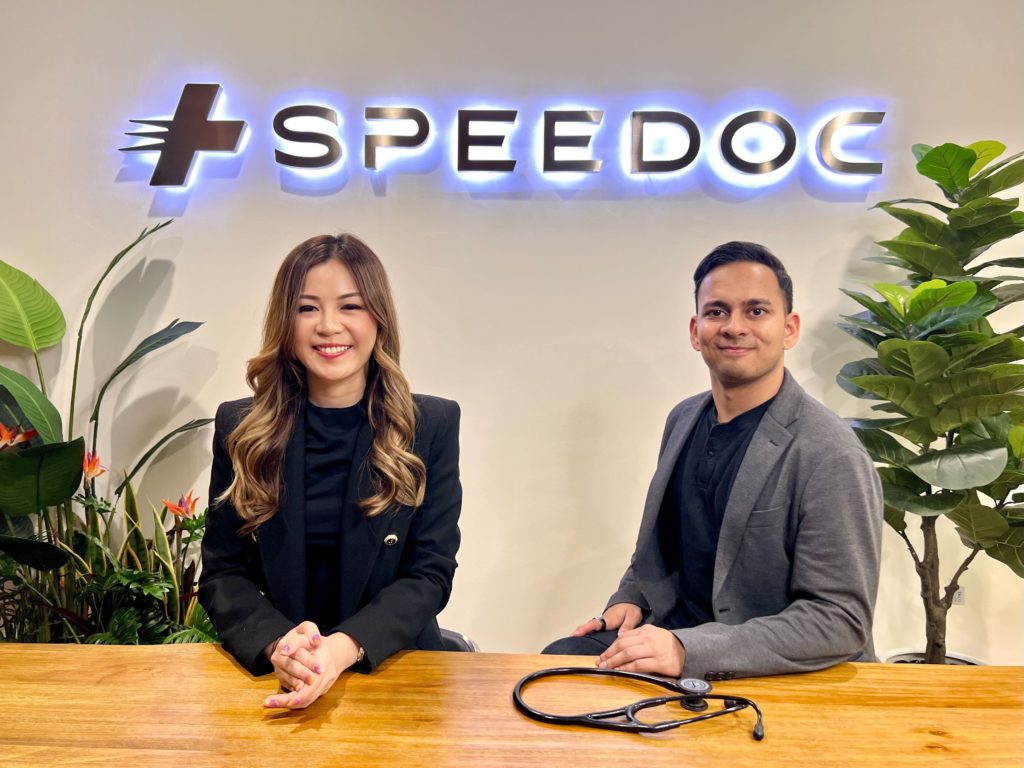Singapore-based Speedoc, a pioneer in on-demand home-based medical visits, is leading a quiet revolution in healthcare. Central to this transformation is the role of AI home care—intelligent systems that streamline triage, logistics, monitoring, and clinical support. Rooted in a vision from CEO Dr. Shravan Verma, Speedoc’s mission is clear: bring hospital-grade care to any home, with AI powering efficiency while preserving human empathy.
AI home care isn’t about machines replacing doctors—it’s about enhancing their ability to deliver safe, timely, and personalized care. Let’s explore how Speedoc is making this vision real—and why it matters globally.
Making every home a care hub
Dr. Verma believes the home should be “the new center of care.” In practice, this means combining trained clinicians with AI-driven systems that operate behind the scenes. AI monitors patient vitals—such as blood pressure and oxygen levels—flagging issues before they escalate. When danger looms, the system alerts a nurse or doctor, enabling early intervention that often prevents hospital visits.
This approach supports a robust virtual hospital model called H‑Ward, piloted in Singapore. It offers 24/7 monitoring, lab tests, IV therapies, and video consultations, all within the patient’s home. AI home care software keeps watch while clinicians provide the in-person warmth and skilled decision-making patients need.
Smarter logistics and reduced admin burnout
One of the most compelling benefits of AI home care is how it relieves clinicians from routine, often repetitive tasks. Speedoc’s command center uses AI to efficiently triage cases and optimize travel routes for visiting nurses and doctors. This doesn't just save time, it reduces the stress of administrative overhead and allows caregivers to focus on healing.
AI also automates documentation, scheduling, and referral coordination. This dual effect—logistical intelligence plus administrative support, creates a smoother experience for both clinician and patient. Doctors spend less time behind screens and more time at the bedside.
Predicting trouble before it happens
In chronic or post-surgery cases, AI home care truly shines. By continuously analyzing vital signs, the system can identify early warning signs. It detects trends in heart rate or blood pressure before they become emergencies. With such insight, clinicians can make timely home visits or adjust care plans, reducing the likelihood of hospitalizations.
Looking ahead, Speedoc plans to introduce an “AI copilot” for physicians, a tool that suggests interventions and flags risky cases in real time. Ultimately, AI will guide follow-ups and adjust treatment dynamically, though always under human supervision.
Technology without losing the human touch
While AI enables efficiency and foresight, Speedoc is firm on one point: it will never replace human judgment. Dr. Verma emphasizes that empathy, context, and nuanced decisions are irreplaceable. A machine might detect a heart attack, but only a clinician can coordinate urgent treatment, interpret family dynamics, or explain next steps.
This is the essence of AI home care at Speedoc: intelligent systems serving clinicians, not replacing them, and allowing time for conversation, warmth, and presence.
Leading with outcomes, not tech
The focus at Speedoc is always on results. Patients rarely care about the underlying algorithms, they care about faster triage, timely visits, and feeling understood. If AI helps speed that process up or personalize care, that’s beneficial, but the headline is improved health outcomes and convenience. That outcome-centric philosophy builds trust, which is essential for both patients and clinicians. In Singapore, growing public acceptance of digital health tools has helped pave the way.
Challenges and cautious rollout
Speedoc knows pitfalls lie ahead. AI systems can "hallucinate", invent plausible but false alerts, so governance, transparency, and rigorous oversight are essential . Plus, they must constantly check data fairness, avoiding biases in underrepresented patient groups. Maintaining audit trails, human escalation safeguards, and a fail-safe mindset is vital. At Speedoc, every AI recommendation can be reviewed and overridden by a clinician.
Regional expansion and future impacts
Speedoc already operates across Singapore and Malaysia, with deeper plans across Asia-Pacific. Its AI-driven home care model integrates with Singapore’s broader healthcare strategy, one that prioritizes decentralized, preventive, patient-centered care.
With partnerships involving public hospitals and insurers, Speedoc’s model provides a blueprint for scalable, hybrid AI home care that could ease the burden on overstretched health systems. As aging populations grow, such home-based models could reduce hospital strain and empower communities.
A blueprint for global health innovation
Speedoc’s journey offers several lessons:
- Integration over novelty: AI is most useful when woven into practical workflows—not just flashy dashboards.
- Human-AI symbiosis: Real gains come when machines free up clinicians to connect with patients.
- Governance matters: Transparent, auditable systems build trust, especially in health.
- Outcome focus: Tech must serve health improvements and convenience, not vice versa.
- Scalable local models: A small, successful pilot in Singapore can scale regionally with shared learnings.
These principles set AI home care apart from one-off pilots. They point toward durable, human-centered healthcare innovation.
AI home care isn’t science fiction, it’s happening now in the homes of Singaporeans. Speedoc’s hybrid model shows that with thoughtful use of AI, every home can become a site of sophisticated and compassionate medical care. The machine watches, the clinician cares, and patients thrive.
Read More






 Sunday, 30-11-25
Sunday, 30-11-25







